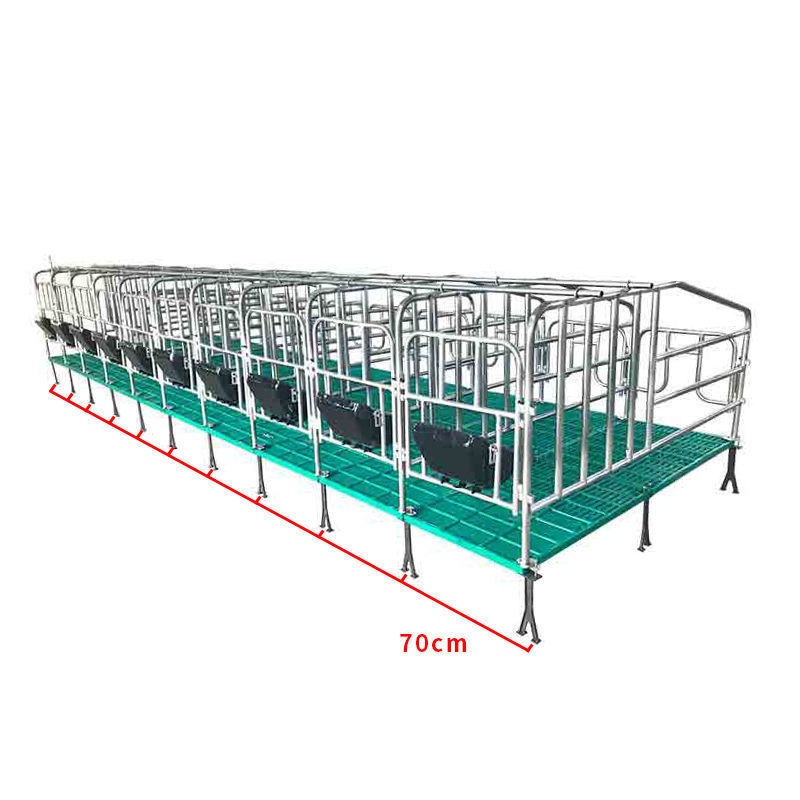Understanding the Importance of Exhaust Fan Shaft in HVAC Systems Efficiency
Oct . 31, 2024 20:31 Back to list
Understanding the Importance of Exhaust Fan Shaft in HVAC Systems Efficiency
Understanding Exhaust Fan Shafts Design, Functionality, and Maintenance
Exhaust fans are essential components in many industrial and residential environments, primarily used for ventilating spaces by removing contaminated air, moisture, and heat. At the core of these fans lies the exhaust fan shaft, a critical component that ensures the efficient operation of the fan system. In this article, we will explore the design, functionality, and maintenance of exhaust fan shafts, highlighting their importance in ventilatory systems.
Design and Functionality
The exhaust fan shaft serves as the central axis that connects the motor to the fan blades. This simple yet vital component is typically made from durable materials such as steel or aluminum, designed to withstand high rotational speeds and resist wear over time. Depending on the fan's design and application, shafts come in various sizes and configurations, including solid, hollow, and flexible types.
The shaft's primary function is to transfer rotational energy from the motor to the fan blades, creating airflow and facilitating ventilation. The performance of the entire exhaust system largely depends on the shaft's ability to rotate smoothly and efficiently. A well-designed shaft minimizes vibration, reducing wear on bearings and extending the lifespan of the fan system.
Some exhaust fan shafts are equipped with features like keyways or splines that help secure the blades in place. These design elements ensure that the fan operates at maximum efficiency and maintains proper alignment throughout its operation.
Importance in Ventilation Systems
The exhaust fan shaft plays a crucial role in maintaining indoor air quality. In commercial kitchens, for instance, high-powered exhaust fans eliminate smoke, grease, and odors, ensuring a safe cooking environment. Similarly, in industrial applications, exhaust fans are vital in removing hazardous fumes and airborne particles, protecting workers' health.
exhaust fan shaft

Moreover, in HVAC systems, exhaust fan shafts help regulate temperature and humidity levels by expelling hot, stale air and replacing it with fresh air. This process is essential in maintaining a comfortable indoor environment, particularly in large buildings or facilities.
Maintenance and Troubleshooting
Maintaining the exhaust fan shaft is essential for the longevity and efficiency of the fan system. Regular inspections should be conducted to check for signs of wear, misalignment, or damage. Lubrication of bearings is also necessary to ensure smooth operation, reducing friction and preventing overheating.
Common issues that can arise with exhaust fan shafts include vibration, unusual noises, and decreased airflow. Vibration is often a sign of misalignment, which can lead to excessive wear on the bearings and potentially catastrophic failure if not addressed. Addressing these issues promptly can prevent more significant problems in the future.
In addition, ensuring that the exhaust fan and its shaft are free from debris and buildup is crucial for optimal performance. Dust, grease, and other contaminants can hinder airflow and cause the system to work harder than necessary, leading to increased energy consumption and potential damage to the fan.
Conclusion
In conclusion, the exhaust fan shaft may be a small component in the larger scheme of ventilation systems, but its significance cannot be understated. An efficient exhaust fan shaft contributes to better air quality, improved safety, and optimized energy use. Regular maintenance and careful attention to design and functionality are essential for keeping exhaust fans operating at their best. Investing time and resources in maintaining this critical component will lead to a healthier and more comfortable indoor environment.
-
Automatic Feeding Line System-Pan Feeder Nipple Drinker|Anping County Yize Metal Products Co., Ltd.
NewsJul.29,2025
-
Hot Sale 24 & 18 Door Rabbit Cages - Premium Breeding Solutions
NewsJul.25,2025
-
Automatic Feeding Line System Pan Feeder Nipple Drinker - Anping County Yize Metal Products Co., Ltd.
NewsJul.21,2025
-
Automatic Feeding Line System Pan Feeder Nipple Drinker - Anping County Yize Metal Products Co., Ltd.
NewsJul.21,2025
-
Automatic Feeding Line System - Anping Yize | Precision & Nipple
NewsJul.21,2025
-
Automatic Feeding Line System - Anping Yize | Precision & Nipple
NewsJul.21,2025






